Laos
GETTING TO LAOS TOOK TWO DAYS.
On the first of February we were driven to the the exceptionally nice new airport in Pai (Check out Air America for what it used to be like.) for a flight to Chiang Mai (lousy airport), where we would catch a flight to Bangkok for an overnight layover at a lovely Novotel hotel.

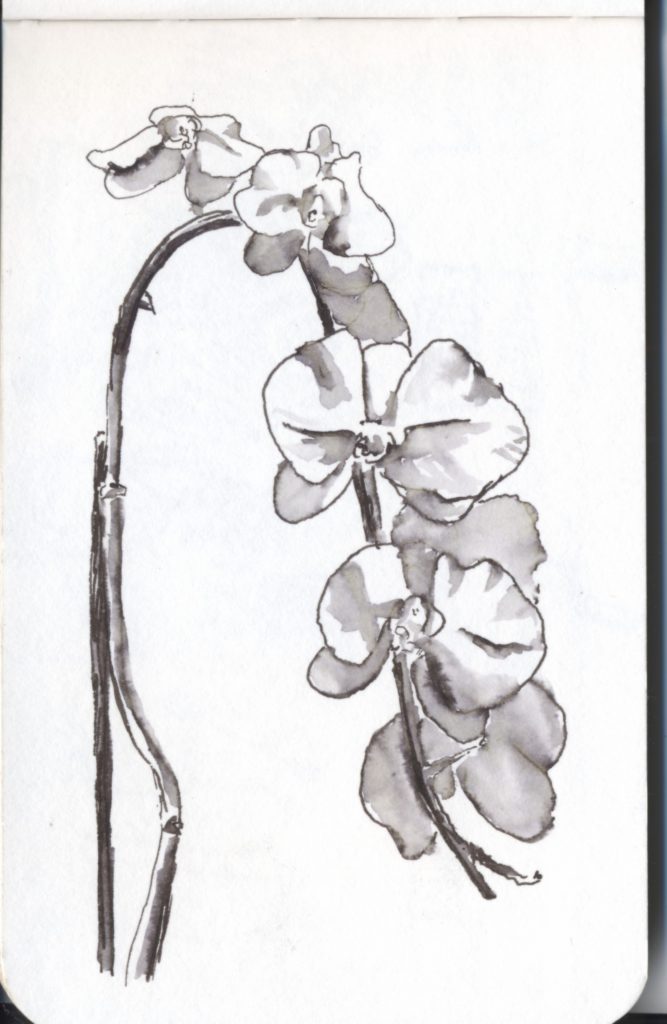
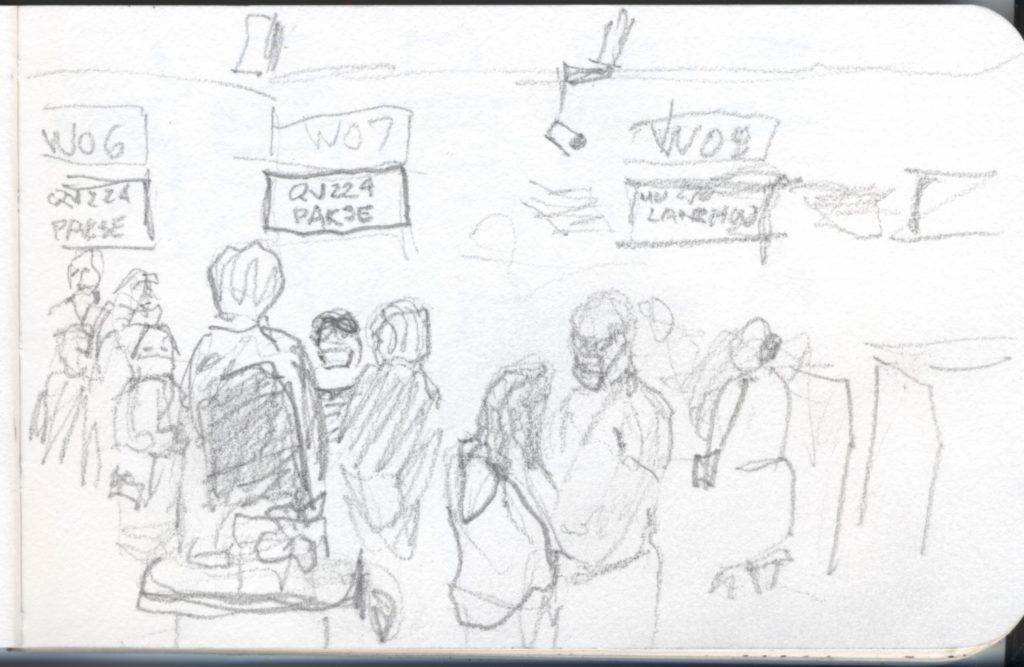
The next day we flew to Pakse, Laos where we landed in the afternoon of February 2. Then a drive to Champasak.
But on the way we made a stop I was looking forward to, at Wat Pho (or Wat Phou, etc.), pronounced “Wat Poe.”
Wat Pho
This is a pre-Angkoran temple, set in the side of a holy mountain the local call “Nipple Mountain” because of the shape of its peak. The Khmer people who settled here were Hindu and saw things differently. They saw in the shape of the mountain the linga of their god Shiva.
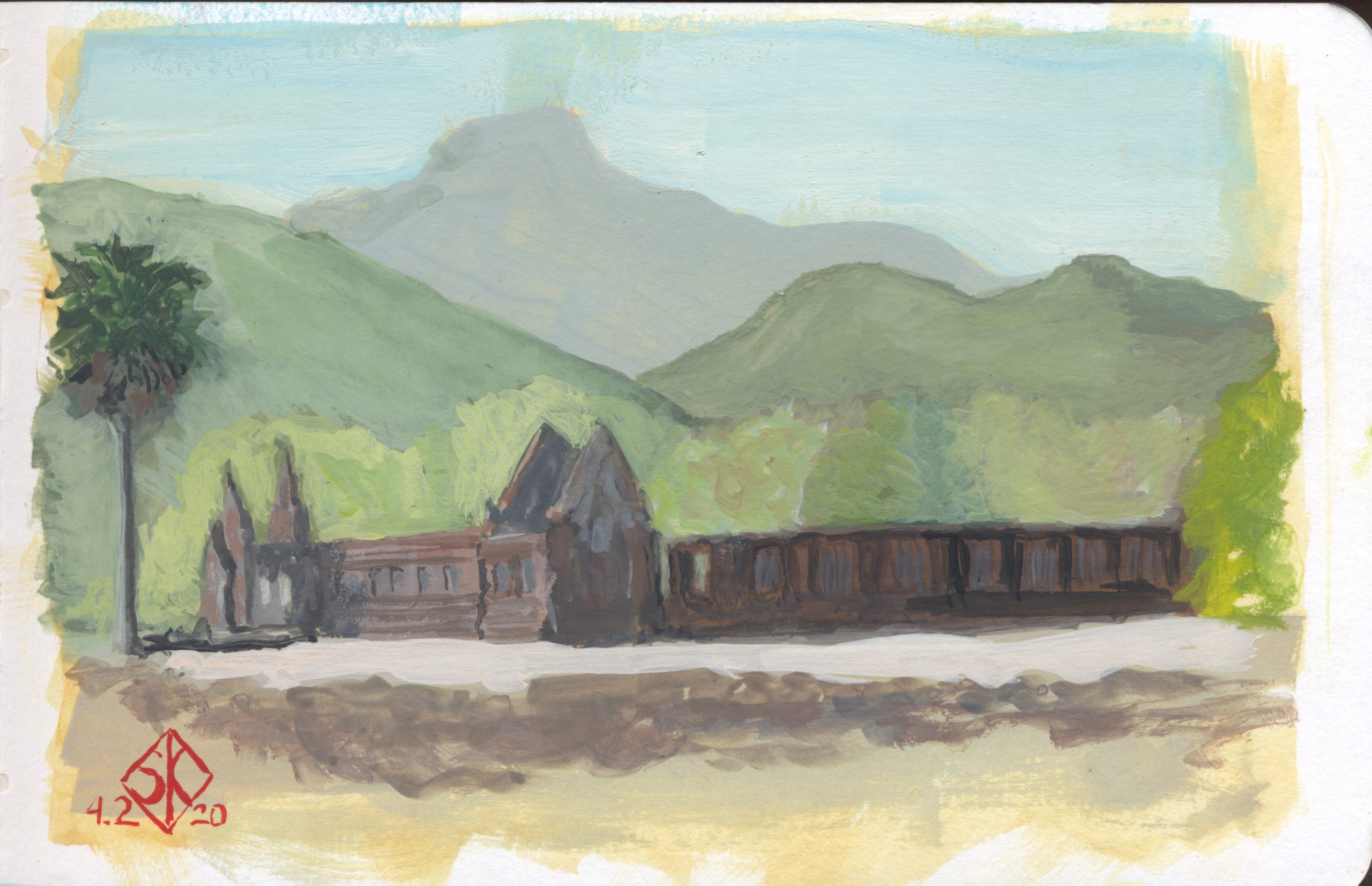
They discovered three springs on the side of this mountain, important because they never ran dry throughout the year. One of the springs emerges from the mouth of a cave. The water has been channeled down a long narrow trough decorated as a linga, spilling into a large stone yoni. This, in turn, used to overflow into a pool, but the practical-minded locals have outfitted the yoni with a food-grade hose, delivering the spring water down below. Even given the modern twist the look of this spring, in the shadowy recesses of the cave mouth, is very evocative.
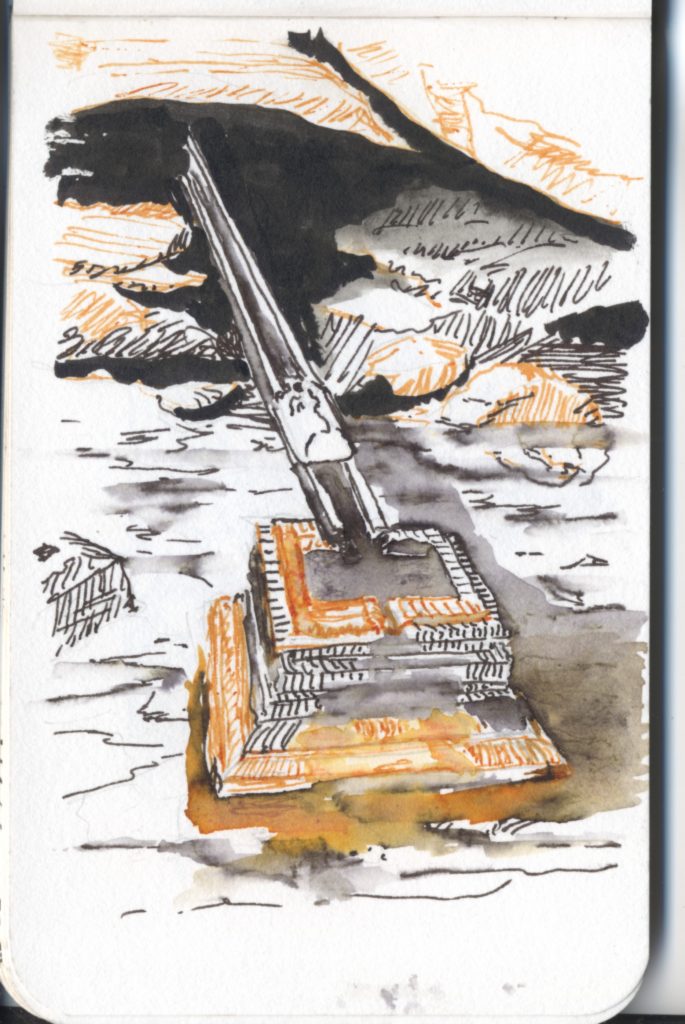
The first of the Wat Pho temples was built near this spring. Later, far down the mountainside, two more temples were built, one for men and one for women, each with a pool near it, for worshippers to purify themselves.
These three buildings are not in as good shape as those in Angkor. After all, they are much older and have not been hidden by jungle growth for centuries. Still, the the carvings on their walls and lintels are surprisingly crisp. The effect on the visitor is immediate and strong, maybe because there is space around the structures, making them easier to take in.
After passing between the two lower temples you are faced with a daunting climb to the upper one. The effect, I think, has not diminished with age. first there is a steep walkway paved with large, overlapping stones. Our guide called this pavement “Naga scales” after the multi-headed snake of the Hindu creation myth. To walk them you need to keep your head down and watch your step—the posture of a humble worshipper.
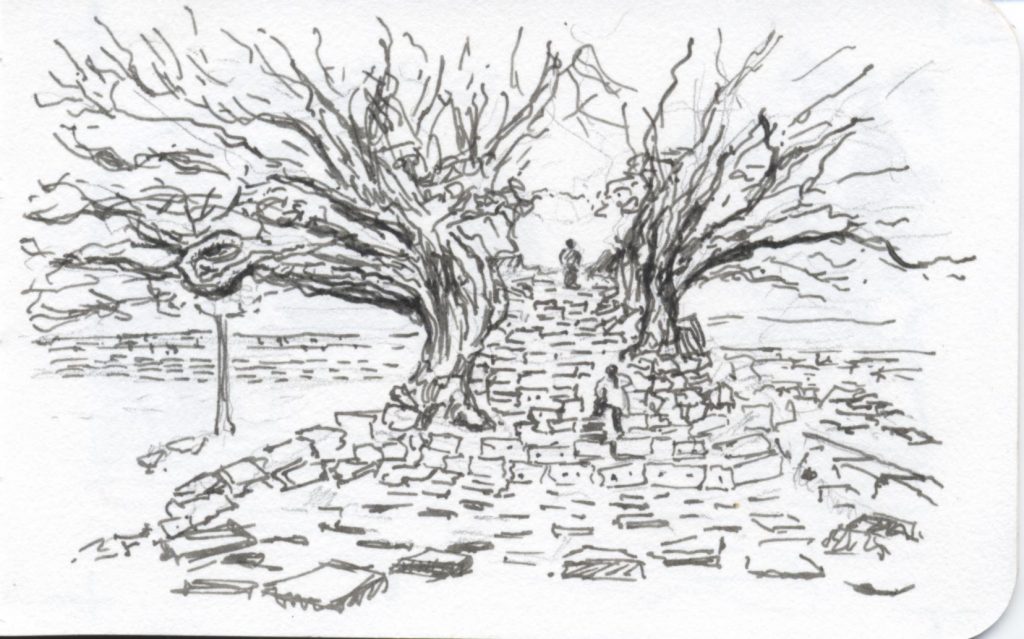 The climb up: “Naga scales” followed by tall steps
The climb up: “Naga scales” followed by tall steps
Above that is a dangerously steep staircase with very tall steps, a design repeated in Angkor, at Angkor Wat and other structures. The pitch is so steep, when descending it seems like the steps disappear—very un-nerving.
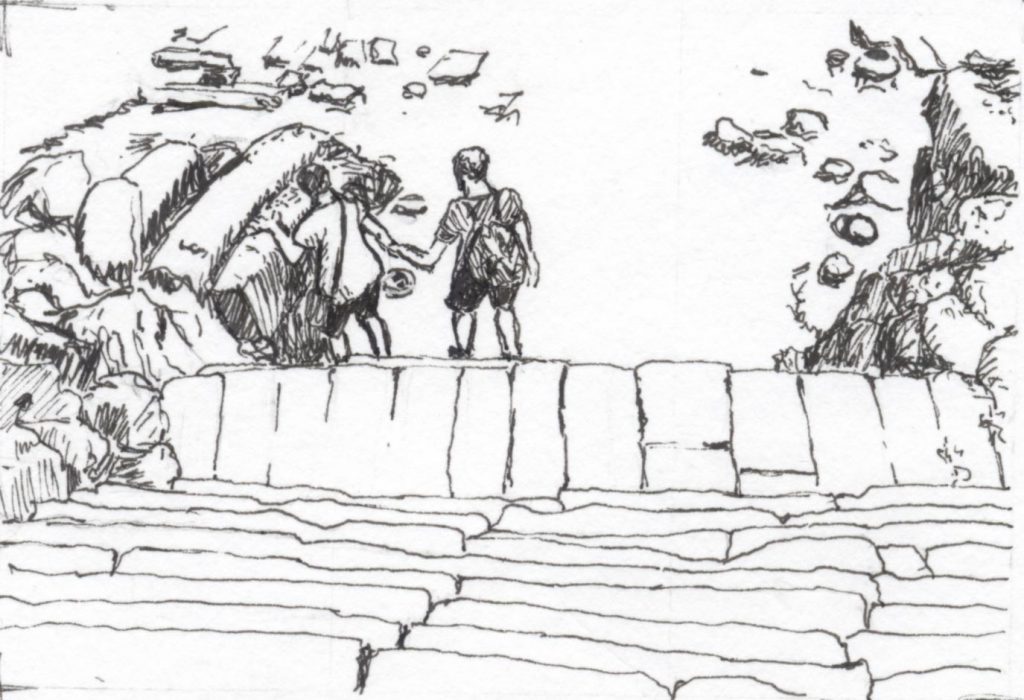
the 4,000 islands
That night we stayed at the River Resort in Champassak. The next morning we met our guide on the bank of the Mekong River. After taking a ferry to the other side, we were driven to another site and took another boat on a tour of the area called 4,000 Islands. Here the river is wide, shallow and swift. Hazardous for boating, as there are multiple shoals, submerged boulders, and of course the islands. Some are quite large, large enough for a small village; many, many others are minuscule, just enough for a couple of birds to perch on. It is a fascinating sight.
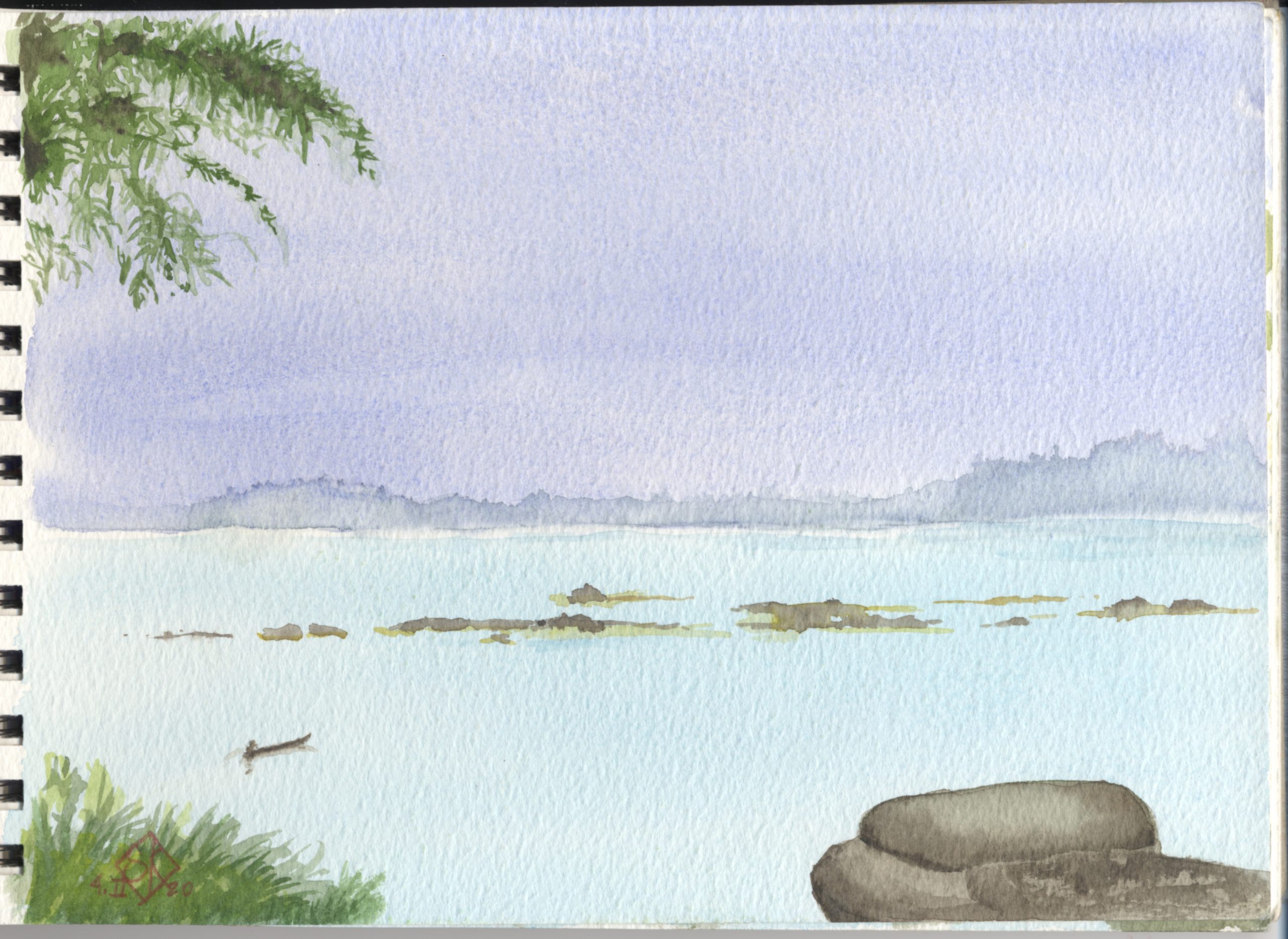
After being let off at yet another dock, we climbed into a “VIP tuk-tuk” which our guide claimed he had to reserve for us months in advance. It was quite posh, with leather seats, carved wood and gleaming chrome. It was an odd thing to be riding in down rutted dirt paths that threatened to loosen our teeth! We were grateful that this was not the rainy season, so the path wasn’t all mud.

And still another dock, and another boat, this time to take us to a quieter part of the river, to view the river dolphins, sometimes called Irrawaddy dolphins. They weren’t cooperating however; all we saw were a couple of gray humps and a few puffs of spray. But the tour wasn’t over. On the way back to where we picked up the VIP tuk-tuk we make a little side trip to see the Liphi Falls (also called Lippi or Sompamit Waterfall).
This cataract was impressive, and only one of three at this point of the river, which is so wide you can barely see one of the other falls on the horizon. Even more impressive to me were the rapids above the falls. It was because of the rapids that the French had built one of the very first railroads in Asia, to be able to move material and people up and down the river.
While most of the day’s excursion was non-stop, I was able to set up my watercolors on a railing overlooking the rapids above Liphi Falls and try to capture the tumult of the scene below: A two-page, 17 x 5-inch watercolor of the rapids above the Liphi Falls
A two-page, 17 x 5-inch watercolor of the rapids above the Liphi Falls
After a welcome day of R&R at the resort we were on the road, well, in the air, again.
Next: Next stop for the trip was Cambodia and the ancient ruins of Angkor, but considering the times, I’m planning something completely different. Please stay tuned . . .
